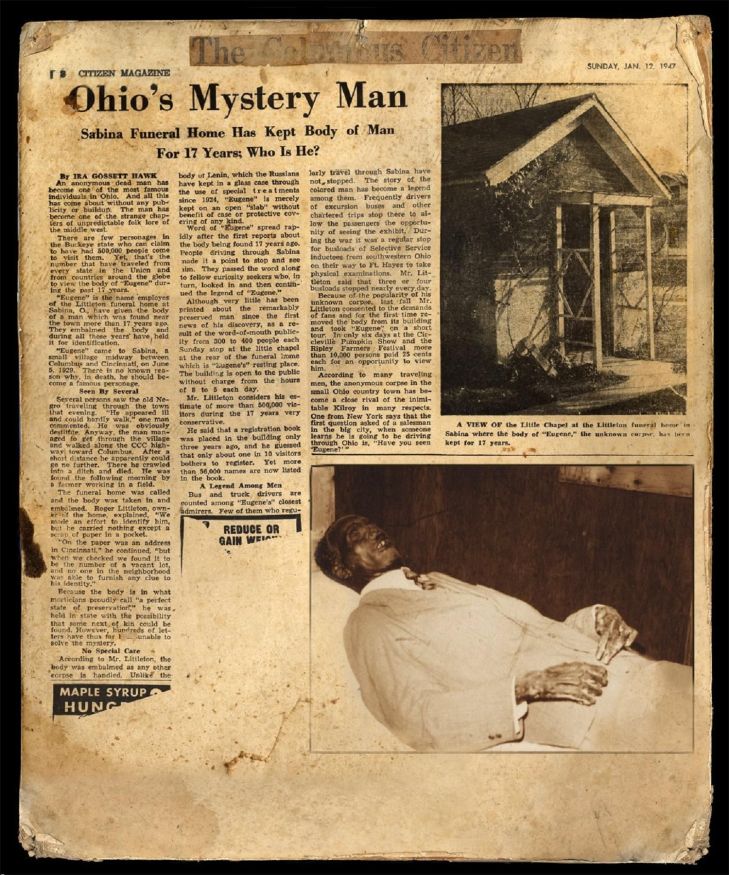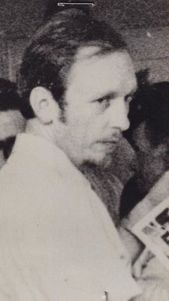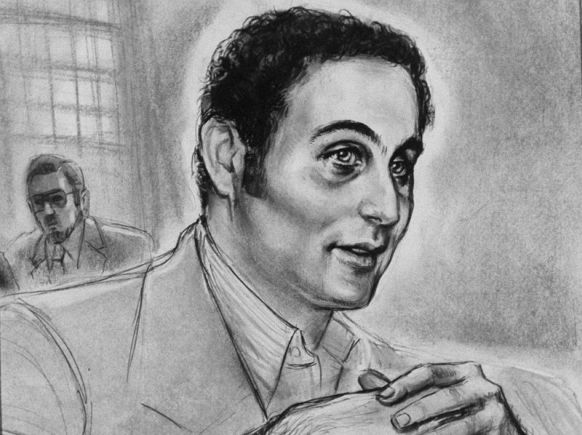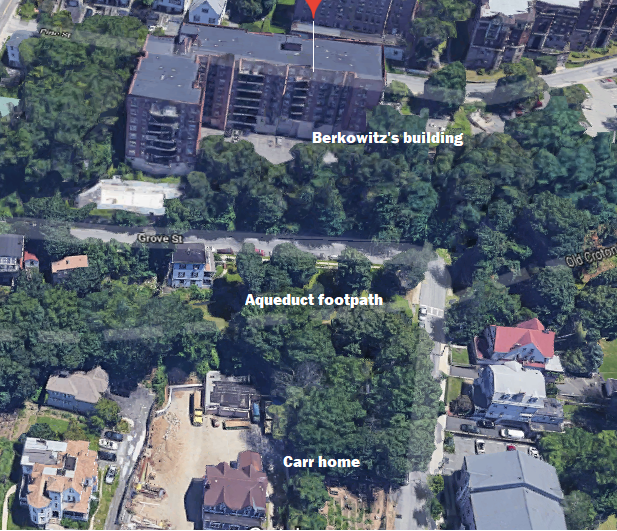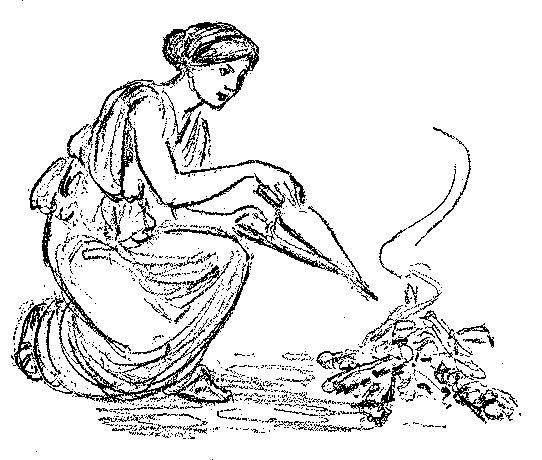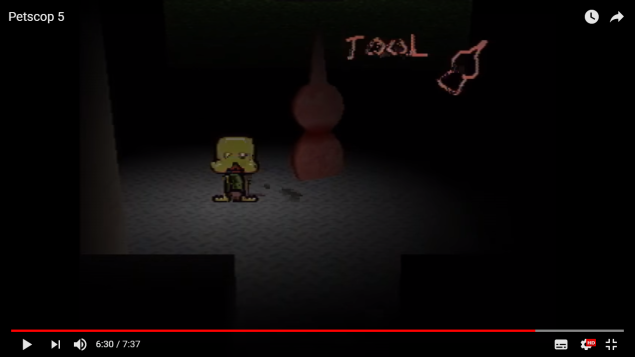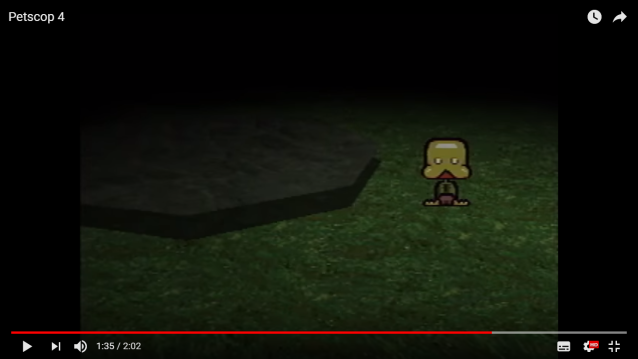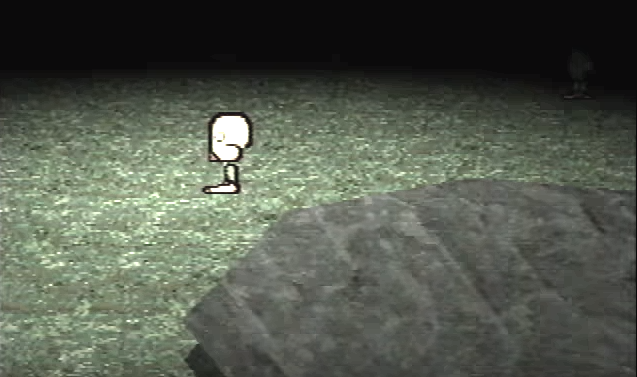
July 1, 1982: Vancouver nurse Cindy Makepeace, having ended her 16-year marriage to Dr. Roy Makepeace, begins living alone for the first time in her life. She and her ex-husband continue to date.
October 12, 1982: Cindy calls Vancouver police to report several obscene and threatening phone calls.
October 13, 1982: Cindy reports more phone calls and a prowler (someone attempted to open the back door of her rented house).
October 15, 1982: Cindy reports that a rock has been thrown through her kitchen window.
October 19, 1982: Cindy reports that someone has entered her home and slashed her pillow. She discovered this only when she turned down her bedsheets.
Responding officer Pat McBride suggests that Roy Makepeace could be responsible. Cindy emphatically denies the possibility, as Makepeace was the one who urged her to phone the police about her pillow.
October 21, 1982: As a personal favour, McBride installs deadbolts on Cindy’s doors. He begins visiting her daily.
October 30, 1982: A note assembled from cut-out letters is found on Cindy’s porch.
October 31, 1982: McBride moves in with Cindy, ostensibly to protect her. They are dating.
Early November, 1982: McBride discovers Makepeace patrolling the alley behind Cindy’s house, armed with a handgun and a rifle.
Mid-November, 1982: The phone calls resume. Cindy finds a picture of a corpse (clipped from a book titled Malpractice) under the windshield of her car. Her phone lines are cut in five places. Police can find no clues.
December 1, 1982: McBride moves out at Cindy’s request. They continue to date, and he keeps his key.
January, 1983: The phone company installs a tap on Cindy’s phone. Some calls are traced to outlying Vancouver exchanges, but no specific information is obtained from the brief calls.
January 4, 1983: More disturbing pictures arrive in the mail, and McBride finds a note from cut-out letters on Cindy’s lawn. The pictures are of corpses, knives, women with their faces scratched out. The letters contain menacing words and phrases like “mangled pulp” and “dead.”
January 27, 1983: The first major incident.
Cindy is found unconscious in her garage. She tells police she had answered a knock at her back door, and a man grabbed her. He dragged her to the garage, where a second man was waiting. One of them slashed her hand with a knife and knotted a black stocking tightly around her neck, causing Cindy to pass out. Cindy has over a dozen cuts, made by a scalpel or some other sharp instrument, on her arms and legs. There are no serious injuries, though Cindy has vague memories of being raped with a knife.
After the attack, Cindy receives $4,250 from the Criminal Injury Section of the Workers’ Compensation Board. She moves back into the home she had shared with Roy Makepeace during their marriage (Roy moves out).
February, 1983: David Bowyer-Smith, the veteran officer in charge of the investigation, believes that Roy Makepeace is terrorizing his ex-wife. He also believes that Cindy is withholding information, so he arranges for her to take a polygraph exam. She fails it. She also fails a second exam. She confesses that she recognized one of the men who attacked her in January, but refuses to name him for fear he will go after her family.
Spring, 1983: Cindy moves for the third time in less than a year.
April 14, 1983: The phone calls resume.
Late April, 1983: Cindy moves a fourth time.
June-July, 1983: Cindy visits her brother in Jakarta. Makepeace pays for the trip.
August 22, 1983: Letters begin arriving at Cindy’s workplace, Blenheim House.
October 15, 1983: A strangled cat is found in Cindy’s garden, with a note: “You’re next.”
Late October, 1983: Someone destroys Cindy’s garden. Cindy insists Makepeace wouldn’t have done this. Five years later, she will write in a journal that she did suspect her ex-husband, because he had once destroyed her garden while they were married.
November, 1983: McBride finds another note on Cindy’s porch, followed four days later by another strangled cat and a cat hit by a car. McBride convinces Cindy to hire his friend, private investigator Ozzie Kaban. Cindy’s phone lines are cut again.
January 30, 1984: The second major incident.
At 6:00 PM, Cindy phones Kaban for help. He kicks in her door 15 minutes later to find Cindy on the floor, a paring knife stabbed through her left hand with a threatening note. A black stocking is knotted tightly around her neck. She had been struck on the head. There is a needle mark in her right arm, but no substance is found in her system. Cindy cannot remember anything about the attack. There are still no clues and no strong suspects other than Makepeace.
Cindy tells police that Makepeace threatened and beat her when they were married, and pledges to end their dating relationship.
Valentine’s Day, 1984: Roy Makepeace is questioned for nearly six hours by police. Roy claims to be as baffled by the incidents as Cindy, but he does offer up a theory that Cindy’s work with troubled children has invoked the anger of a family with organized crime ties.
March 29, 1984: Cindy undergoes a third polygraph exam. She passes.
Summer, 1984: The harassment intensifies: phone calls at Cindy’s home and work, cut phone wires, broken windows. Cindy is losing weight and withdraws from colleagues during work hours.
June 18, 1984: Cindy triggers the personal alarm Kaban had given her after finding her back door partially open. Inside the house, Kaban finds a sexually explicit birthday note and a Rothman cigarette butt (not Cindy’s brand). Cindy’s small dog, Heidi, has been tied to the kitchen table with the same type of string used to strangle the cats, and beaten to the point of bruising.
Late June-early July 1984: A fourth dead cat is found (also strangled).
July 3, 1984: The third major incident.
At 8:30 PM, Cindy notifies Kaban she will be walking Heidi in Dunbar Park. Three and half hours later, Cindy knocks on a stranger’s door and collapses, a black stocking knotted tightly around her neck. The last thing she remembers is being stopped on the street by a bearded man and a blonde woman in a dark green van. The man asked her for directions.
There are two needle marks on Cindy’s arm, but no drugs in her system aside from prescribed anti-depressants. Under questioning, she is confused and incoherent.
August, 1984: At Kaban’s suggestion, Cindy undergoes hypnosis to help her recall details of the most recent abduction. Hypnotist Hal Booker is unable to recover any useful information during the session.
October 2, 1984: During Cindy’s second hypnosis session, she declares that she had once witnessed a double murder. She cannot, or will not, provide any details.
October 4, 1984: Cindy and Kaban confront the police investigators about the lack of progress on the case, threatening to take political action or go to the press. The detectives, now led by Kris Bjornerud, explain that there simply aren’t any more leads in the case.
By this point, all of Cindy’s co-workers and supporters had been investigated, Interpol had looked into Roy’s background, and police had secretly staked out Cindy’s house for days without seeing anything suspicious.
December, 1984: After a quiet autumn, the phone calls resume.
January, 1985: During her third hypnosis session, Bjornerud and Bowyer-Smith ask Cindy questions. She reveals that during a 1981 yacht trip with Roy, he murdered and dismembered a young couple on Thormanby Island.
The detectives learn that Cindy’s sister, Melanie, was also on that trip and noticed nothing unusual. Police can find no evidence of the supposed crime.
June 21, 1985: Cindy overdoses on pills, an apparent suicide attempt. She is released from hospital less than a week later after promising to stay with her brother. She goes home alone instead.
June 27, 1985: Cindy’s phone lines are cut again. She had ignored the phone company’s recommendation to have the wires encased in protective plastic.
July, 1985: A weeklong police stakeout comprised of 14 Strike Force Officers is conducted on Cindy and Roy. The officers observe no suspicious activity.
Mid-July, 1985: Cindy reports a silent phone call to the police. She is apparently unaware that the phone call was recorded by the phone company, and that this recording indicated she had dialed her own number.
July 27, 1985: Cindy receives a cosmetic case full of rancid meat in the mail.
August 5, 1985: Cindy reports the first of three arsons at her home. A basement window is open, but there are no signs of forced entry.
August 6, 1985: The second arson.
Bjornerud begins to suspect Cindy isn’t being completely honest with him, and asks Detective Carol Halliday to review the case and render her opinion on it. Halliday concludes that Cindy is staging the incidents herself. This had been suspected as far back as the first attack in 1983, when Bowyer-Smith arranged for the first two polygraph exams.
August 21, 1985: The third arson. Again, the open window doesn’t appear to have been forced, and dust and cobwebs are undisturbed.
Cindy receives over $9,500 from her insurance company.
December 1, 1985: Cindy moves to the Vancouver suburb of Richmond.
December 11, 1985: The fourth major incident.
Cindy is found wandering around a pond near the university campus, without shoes or a coat, after going missing during her lunch break. A black stocking is knotted around her throat. There is a needle mark on her arm. Incoherent and confused, she is unable to remember anything about the incident.
Detective Halliday consults psychiatrist Anthony Marcus, and Marcus renders the opinion that Cindy engineered the harassment herself. Police decline to press criminal mischief charges if Cindy agrees to enter therapy, which she does not do. Instead, she continues informal sessions with an unlicensed therapist named Connelly.
For the first time since the incidents began, Cindy is surrounded by more doubters than believers. Her parents, Kaban and a handful of close friends remain convinced that someone else is harassing Cindy, but the police no longer accept her reports at face value.
April 15, 1986: After yet another fire (re-enacted in a 1991 Unsolved Mysteries segment), arson investigators determine that the fire was started inside the house. Cindy accuses Roy of starting the fire, unaware that he was in South Africa at the time.
Cindy is evicted from the house. Depressed and suicidal, she is given a 6-month leave of absence from work.
April 1986: On therapist Connolly’s advice, Doug Hack commits Cindy to St. Paul’s Hospital, where an RCMP psychologist reviews Cindy’s file and classes the attacks and arsons as psychotic behaviour on the part of Cindy. Dr. Soon Mo and psychologist Ken Dercole reach the same conclusion. Psychiatrist Wesley Frieson believe Connolly’s insistence that the harassment was real hampered Cindy’s treatment, and consider it possible that Cindy could kill herself and stage it to look like murder so that Roy Makepeace will be blamed. Connolly himself concedes that this is a possibility.
July 15, 1986: Cindy is released from the psychiatric ward and enters therapy with Dr. Frieson. She shows marked improvement throughout the summer.
September 1986: Cindy buys a house in Richmond.
October 1986: Though the harassment has seemingly ceased, Cindy changes her last name to James.
November, 1986: Cindy is fired from Blenheim House for poor work performance. She had worked there since 1975.
This is a blow to Cindy. She had loved working with children. However, she gets back on her feet by taking refresher courses in nursing. She is hired at Richmond General in August of 1987.
Late August, 1987: Cindy reports a broken window and a window pried open.
First week of September, 1987: Cindy reports a hole cut in a window.
February 1988: Cindy reports her basement door broken.
October 26, 1988: Fifth major incident.
At midnight, Cindy triggers the alarm given to her by Kaban. He finds her in her garage, partially nude, with a black stocking knotted around her neck, her hands and feet bound with another stocking. She says she had been grabbed from behind while getting out of her car.
April, 1989: A threatening note and a break-in attempt.
May, 1989: Cindy tells Kaban that she wants to install an infrared alarm system in her backyard, so that she can shoot any intruders. She also tells him she is “ready to talk”, implying that she has been withholding information.
May 26, 1989: Cindy begins a five-day vacation from her job at Richmond General. She does various errands, including buying a birthday gift for a friend’s son and getting a makeover. When her friends the Woodcocks arrive to play bridge with her at 10:00 PM, her car is still gone. They find it in the parking lot of a local Safeway.
June 8, 1989: A road maintenance worker finds Cindy’s body near an abandoned house off Blundell Road, roughly one mile from where her car was parked. She is lying on her side on the ground, fully clothed, with hands and feet bound behind her back. There is a needle mark in one arm, and autopsy reveals she died from an overdose of morphine and other drugs.
Her death is ultimately determined to be the result of an “unknown event.”


